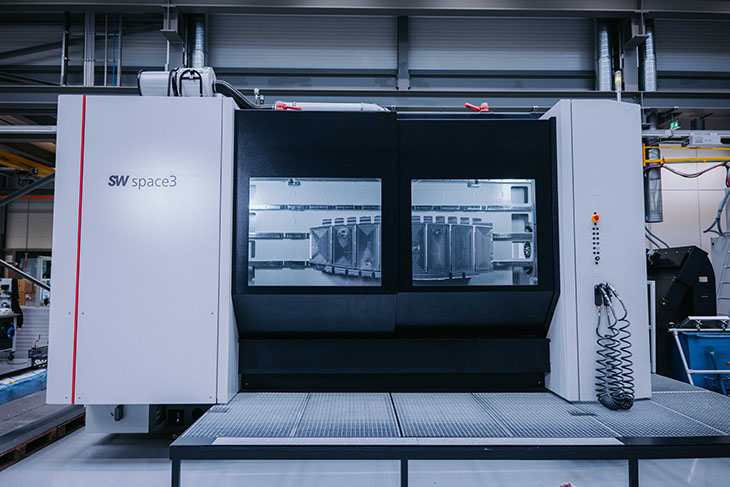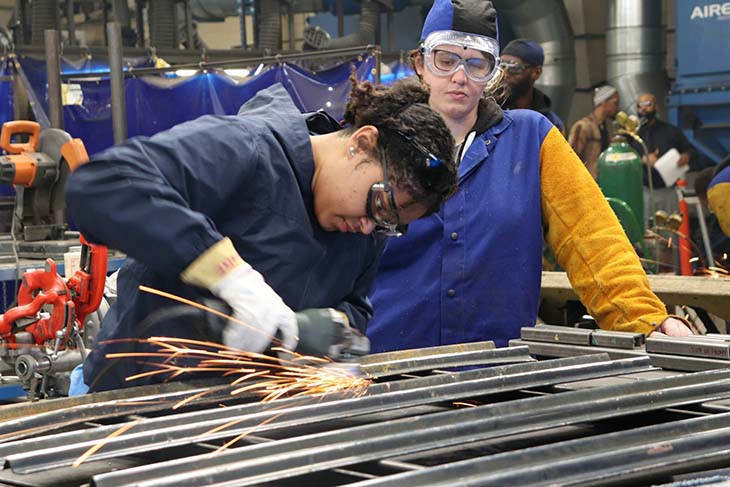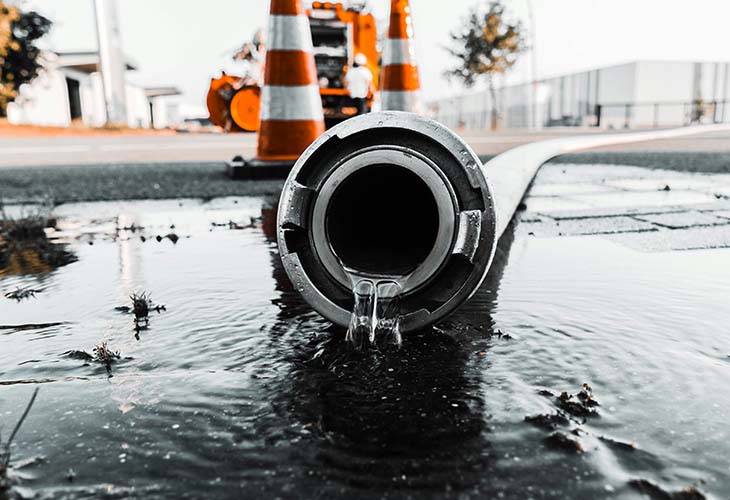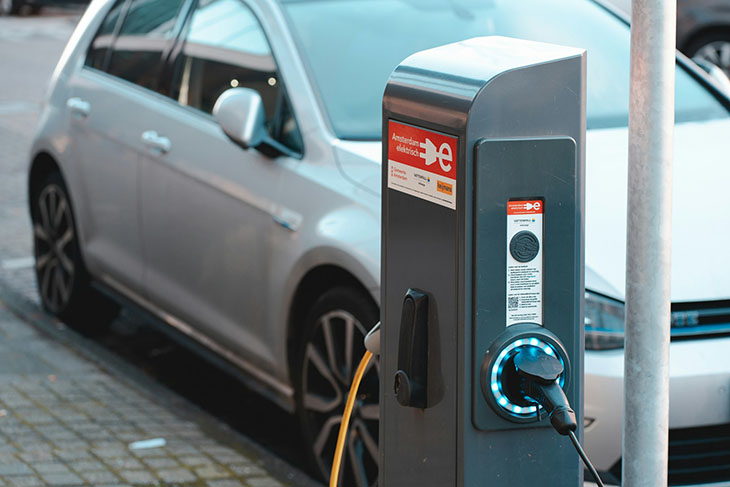By Koen Oostvogels, Application Development Engineer at Donaldson
The airborne dust created by many manufacturing facilities that generate, handle, transport, process or store materials that cause or become combustible dust is no mere housekeeping problem. Once those particles have settled in difficult-to-reach places throughout a site, any subsequent disturbance can produce a potentially explosive dust cloud.
The creation of a risk mitigation plan is therefore necessary for most facilities - including many that would not traditionally be considered ‘dangerous.’ Along with studying legislation requirements in your region, reducing the likelihood of an incident is the best possible step, beginning with ‘Is my dust actually combustible?’
This isn’t as straightforward as it might sound. Few people would smoke a cigarette while refueling their car, yet many wouldn’t think twice about lighting up while taking a break from working on home renovations that have produced an abundance of sawdust.
Any fine material that can catch fire when mixed with air is a potential risk. Examples include most solid organic materials (sugar, flour, wood, etc.), metals, and more. In fact, even partly oxidized aluminum dust generated from plasma cutting can be considered explosive under certain circumstances – only a proper risk assessment can provide reassurance.
Sending a sample of your dust to a qualified lab is a good place to start. If it’s shown to be combustible, further tests will determine if it’s explosive, how quickly that can happen, and how much force it can carry. This information will help direct the selection of equipment needed to mitigate the hazard.
The Explosion Pentagon — Risk Management Strategies
While managing any one or more of the well-known Fire Triangle’s elements of oxygen, heat and fuel can decrease the fire risk, explosion risk-management strategies must consider another two elements. Dust dispersion and dust confinement produce the Explosion Pentagon — and may require a separate strategy to address any remaining explosion risks.

The Explosion Pentagon’s fuel element is the finely dispersed dust cloud. As a rule of thumb, a cloud dense enough to screen your hand from view would be considered a risk — or, in more practical terms, a dust layer of just 0.5mm. But, rather like how propane gas is only dangerous between 1.8 – 8.4% concentration volumes in the air — particle size is a key factor. Germany’s Occupational Safety & Health Institute documents outline the results of its testing of a variety of dust samples, including their particle size and concentration required to allow combustion.
Sawdust, for example, is generally only a risk when smaller than 63 microns — the finer the dust, the more reaction surface it has with oxygen — and in a concentration above 30g/m3. So, let’s say the smoker we mentioned earlier has been working in a 150m3 room, and there’s a 0.5mm layer of dust on the 50m2 floor. That would result in 0.025m3 of dust, and, at a typical density of 600kg/m3, that equates to 15kg, which, if it became airborne, would produce a dust concentration of 100 g/m3 — creating an obvious danger.
Knowing the properties of your dust is paramount. Three main parameters should be tested; the first being Pmax, or the maximum pressure that can be reached on the basis of particle size. Next is the speed with which the pressure rise occurs, bearing in mind that this will vary according to room or vessel volume. Multiplying that pressure rise by the volume provides the Kst, which enables us to standardize how fast the pressure rises and define four risk categories: from St0 (does not explode) to St3 (very strong explosion). It should be noted, however, that a weaker St1 explosion is no less dangerous than an St3 event.
The final main parameter concerns knowing the minimum required ignition energy, which will enable safer handling. Other parameters include glowing temperature, whether the dust is conductive, and whether self-ignition is possible. All of these factors are very specific to a particular dust generated in a particular process, so seeking professional advice is always recommended.
Planning for Safety
Once you have determined the combustibility of your dust, you can develop a plan to mitigate the risks in your process. First, although good housekeeping is only a partial solution, audit your process to identify where nuisance dust is generated, released, or accumulates – and deal with it. These often include intake and mixing locations, bag dumps, welding or cutting stations, beams, and light fixtures. In each location, analyze the production processes, housekeeping practices, dust control measures, and potential ignition sources present.
Bear in mind that when dust builds up in several locations, a flame front can create a pressure wave that leads to a chain reaction, dislodging and feeding on more dust as it moves through the building – as happened during the notorious Imperial Sugar plant explosion that killed 14 people. Also, a supposedly empty vessel is usually more dangerous than a full vessel – so, for example, opening an inspection hatch on a silo may cause lingering deposits on ledges to become airborne and increase risk.
Even the equipment employed to mitigate the problem can be a danger zone, with dust collectors being responsible for 30% of such explosions. Cleaning the filter media or emptying dust bins can also create locally dangerous dust clouds.
Many standards and codes may influence decisions on dust control, including local, state, and European regulations. Knowing the regulations that apply to your facility is critical, and process owners should always research the regulatory requirements in their area.
As of July 2003, there are two directives issued by the European Union that are related to the protection of employees and equipment from risks related to potentially explosive atmospheres 1999/92/EC and 2014/34/EU (ATEX Directives).
ATEX directives make it clear that the responsibility for evaluating the risks and creating an explosion protection document lies with the employer/process owner. Process owners are responsible for the selection of their combustible material management strategy and to assure compliance with all applicable codes and standards.
Having decades-long experience in providing high-quality dust collectors that have become an integral part of many plants’ combustible dust mitigation strategies, Donaldson can help review process owners’ mitigation strategies and provide the optimal dust collection solution for their chosen strategy.
About Donaldson Company, Inc.
Founded in 1915, Donaldson (NYSE: DCI) is a global leader in technology-led filtration products and solutions, serving a broad range of industries and advanced markets. Our diverse, skilled employees at over 140 locations on six continents partner with customers—from small business owners to the world’s biggest OE brands—to solve complex filtration challenges. Discover how Donaldson is Advancing Filtration for a Cleaner World at www.Donaldson.com.
























